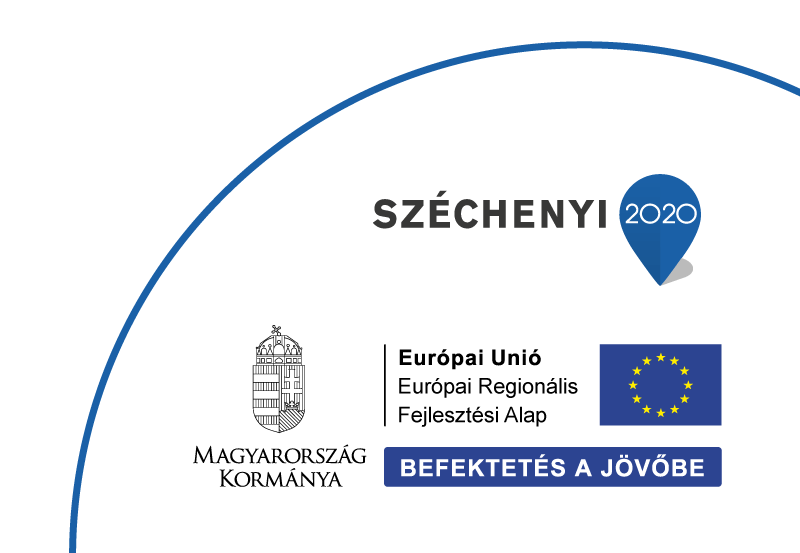 |
Témavezető | |
| E-mail cím |
|
|
| Kutatási terület | Fundamental research in nuclear physics | |
| Kutatásban résztvevők | ||
| Együttműködések |
|
|
| Eszközök | ||
| Publikációk |
The main interest of our group is the study of nuclei at the extremes of their spin, isospin and shape, studies of shape changes, the structure of chiral nuclei and very neutron-rich nuclei, with the use of large gamma-spectrometer arrays, often equipped with selective ancillary devices, e.g., the DIAMANT.
In nuclei close to the N=Z line, the valence protons and neutrons occupy identical orbitals, which allows the formation of a new n-p type of pairing phase. Such an n-p pair, in contrast to the widely known n-n and p-p pairing with zero spin and T=1 isospin, have non-zero total angular momentum and T=0 isospin. We study the properties of such T=0 pairing in 92Pd and nearby N=Z nuclei, for which the neutron and proton can have their angular momenta even fully aligned.
Chirality is a recently discovered type of spontaneous symmetry-breaking in nuclei, which is related to time-reversal symmetry. It is expected in triaxial nuclei, in which the three angular momentum vectors of the unpaired proton(s), neutron(s) and that of the core rotation are mutually perpendicular. We search for new features of nuclear chirality, e.g., composite chirality and multiple chiral doublet bands, and new regions of chiral nuclei in the chart of nuclides. The shape of nuclei changes with the increase of spin. We study the properties of terminating rotational bands, which result from a prolate-to-oblate shape change, and the excited states above termination. Some nuclei possess a superdeformed shape (axis ratio 2:1) at very high spins, others may even develop a hyperdeformed (axis ratio 3:1) shape at the highest sustainable spins. We study rotational bands corresponding to such shapes and investigate their formation, decay-out and other properties.
We also study the collectivity in some very neutron-rich nuclei produced in coldneutron-induced fission of 235U and 241Pu
at the Institut Laue-Langevin, Grenoble.
 Magyar
Magyar
